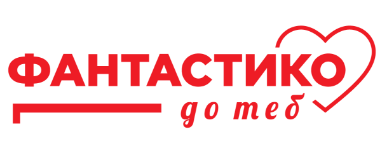
ARTON PROGRAM - The therapeutic power of the group
Creative projects involving group work - general musical performance or group painting, collage, sculpture - are useful in helping to explore and strengthen social...
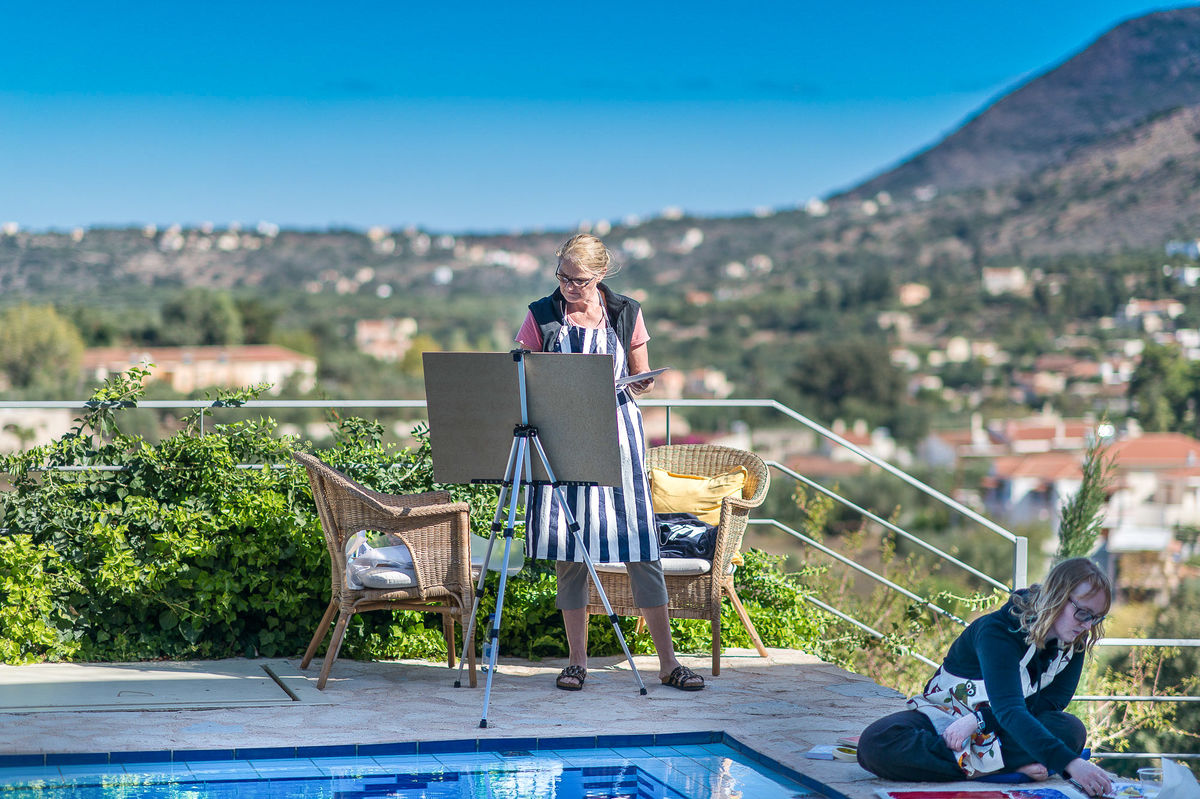 Before she was an art therapist, Penelope Orfanoudaki had a high-stress, corporate job in marketing. Though she’d built a successful career for herself over the course of two decades, she was miserable and burnt out. Luckily, she had the chance to start over when she left her life in Switzerland and moved to Singapore to be with her husband, who started a job there. Once there, she decided to go back to school, and despite never having heard of art therapy before, she was enthralled by the idea of it, and enrolled in a masters program.
Before she was an art therapist, Penelope Orfanoudaki had a high-stress, corporate job in marketing. Though she’d built a successful career for herself over the course of two decades, she was miserable and burnt out. Luckily, she had the chance to start over when she left her life in Switzerland and moved to Singapore to be with her husband, who started a job there. Once there, she decided to go back to school, and despite never having heard of art therapy before, she was enthralled by the idea of it, and enrolled in a masters program.
“I felt that it was going help me process what was happening in my life,” Orfanoudaki told Artsy. “To be honest, I didn’t think I was going to practice it.” But she developed a passion for the profession, and found the career far more rewarding than the corporate world. Around a decade later, she now works as a practicing art therapist in Switzerland, and runs a business called Artful Retreats.
Inspired to reach overworked, stressed-out adults much like her former self, Orfanoudaki started Artful Retreats around four years ago, together with two of her former art therapy classmates she met in Singapore, Romny Vandoros and Huma Durrani. Today, the company organizes short (typically four or six days long) intensive getaways in locations from Crete to Switzerland and Singapore, all built around the principles of art therapy. The retreats offer participants access to licensed art therapists who guide them through exercises meant to help tackle the stress and anxiety of their daily lives..jpg)
“These are environments that I consider inspirational, visually or emotionally,” Orfanoudaki said of the retreat sites. “It's not because I expect people to paint the mountains. They’re environments that are quiet, where people can detox from the noise of their normal lives.”
A typical morning in an Artful Retreat begins with yoga. After breakfast, the real work begins, as the art therapists give the group art materials and directives, beginning with warm-ups to get familiar with the pencils, paints, clay, or collage tools. Then, they’re given more focused ideas to respond to through art, like “I am perfectly imperfect.” Initially, participants are encouraged to work without words, symbols, or representational imagery—without leaning on traditional means of expression. “It’s not about getting it right,” Orfanoudaki noted. “There's no right and wrong in what we do.”
Artmaking often takes place outdoors, interspersed with meals and walks through the idyllic landscapes, or a dip in the pool. Groups might take an excursion to a local artist’s studio and learn about their practice and motivations. The day culminates with a discussion and impromptu exhibition, with participants gathering to share their work with one another.
“We facilitate both the creative process and the discussions afterwards, and everything we do is based on art therapy principles,” Orfanoudaki explained. “We say that this is going to give people a taste of what therapy can do.” She noted that given the time constraints, it’s not possible to offer the same healing that a person could experience if they saw an art therapist once per week, say, over the course of six months. But still, participants walk away with insights into their own well-being, and some go on to practice art regularly, or seek out an art therapist that they can visit when they return home.
Artful Retreat’s participants over the years have varied greatly, with attendees ranging in age from their late teens to over 70. They tend to hail from Europe, but elsewhere as well, like South Africa and Korea.
The retreats often include artists who are experiencing creative block, or amateur painters who want to use the medium to express themselves. But there are also many adults who are simply stressed, demotivated, or have experienced some kind of personal issue of trauma, like an abusive relationship.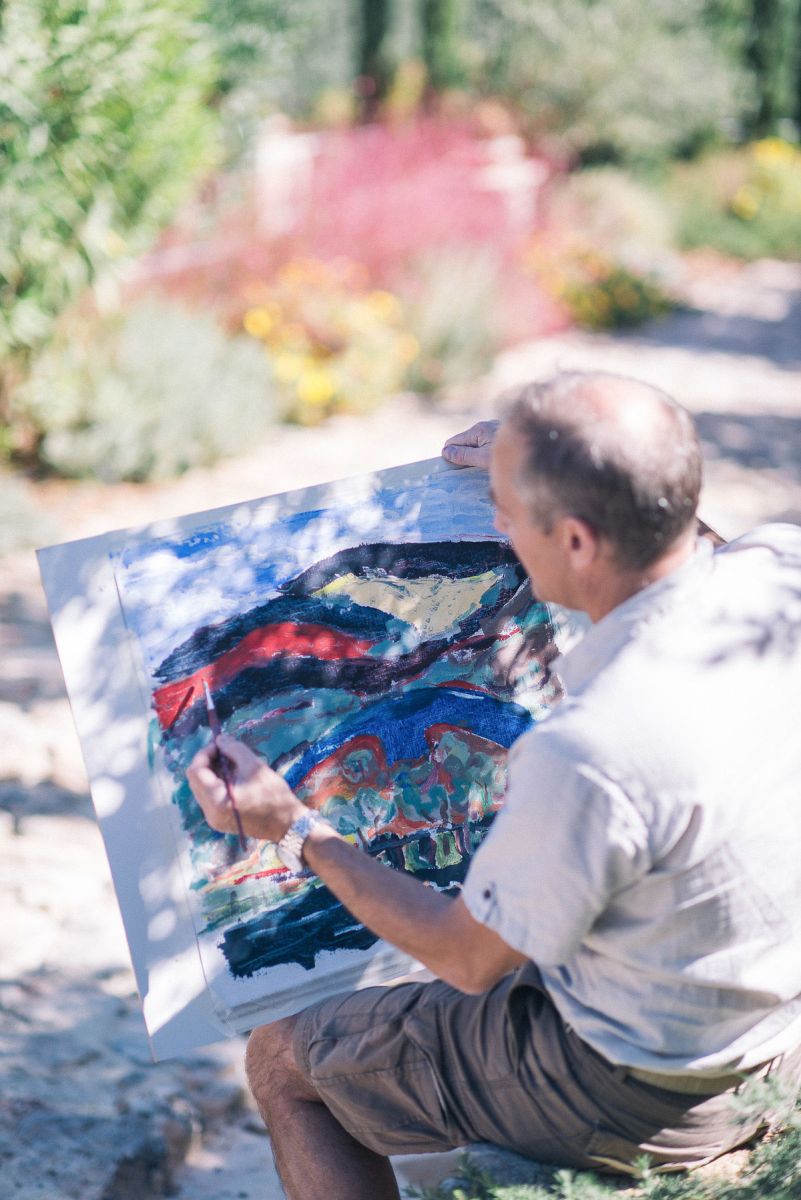 Orfanoudaki and her colleagues are able to work one-on-one with a person, she explained, should they need more individualized attention. And, if someone experiences a crisis during the retreat, they can provide private sessions.
Orfanoudaki and her colleagues are able to work one-on-one with a person, she explained, should they need more individualized attention. And, if someone experiences a crisis during the retreat, they can provide private sessions.
“It’s not a course to learn how to paint,” Orfanoudaki said. “It is using art in order to help people figure out where they are, right now, and taking the space to reflect and express that.” She added that being in a group helps, showing people that they are not alone in the process. And while early on she and her colleagues worried that participants may not trust the process of the retreats, four years in they’ve found that people generally do.
She recalls a recent participant who did a retreat a few months after a traumatic experience where she almost lost her child. The woman took to painting with her fingers. “She became, I think, more messy than she's ever been before,” Orfanoudaki. “It was very liberating for her, and it helped her speak about the experience.” After leaving the retreat she continued to paint every week, as a way to process her feelings.
Orfanoudaki emphasized that it’s the participants who do the hard part. “They’re allowing themselves to take the space and time to pay attention to themselves,” she said. “We only provide the tools and keep the group safe. They do the work.”
By Casey Lesser

Creative projects involving group work - general musical performance or group painting, collage, sculpture - are useful in helping to explore and strengthen social...
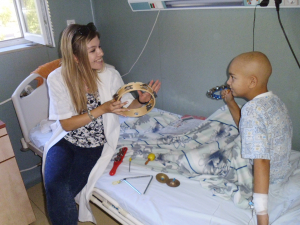
In the ARTON Program our team of oncopsychologists, art therapists and music therapists develops the process of children's creativity as a process of...
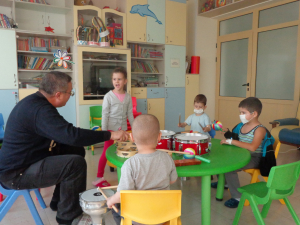
In ARTON sessions, creating a piece of music or a song is an emotional experience of coping and satisfaction for the participating children. They make friends with...

Painting provides patients with a spontaneous, plastic method of depicting thoughts and experiences. Painting with paints is not as structured as with pencil or...

